The Conservation History of the Sanjay Gandhi National Park dates back to 1969, when the entire park was renamed and renovated in accordance to the India Government. Conservation is an integral part of Ecosystem.
This is because of the need to protect the endangered species of animals that are useful to nature and also required to maintain an Ecological poise. Mainly due to the fatal encroachment of the poachers, the number of predatory animals, mainly the tigers, decreased considerably. Such was the condition that the entire balance seemed to tumble down because of a scarcity in their number.
To ensure the balance and to increase the number of tigers, and also other wild animals that were on the verge of extinction, National Parks were created. They provide a safe ground for these unique feral creatures and also make sure that the wild animals are safe from being killed inhumanly.
In days past, the Maharajas used to execute these animals for the sake of pleasure. Later the English also took part in these expeditions. As a result the number of animals decreased considerably. Those animals which were considered to be beneficial to humans, like the horn of Rhinoceros and the skin of tiger, were mainly encroached.
The need for conservation was felt and so the history of Conservation began for the Sanjay Gandhi National Park. The animals that required conservation are the Flying Civet, Hanuman, Langor, Palm Civet, Porcupine, Rhesus Macaque etc.
The Park was generally called the Krishnagiri National Park previously. But in 1969, a separate division was created under the supervision of the Indian Forest Services Department and it was named as the Borivali Area. To commemorate Sanjay Gandhi, son of Indira Gandhi, who died in a plane crash, this National Park was renamed as Sanjay Gandhi National Park.
Best India Wildlife Tours
List Of Popular Wildlife Sanctuaries In South India
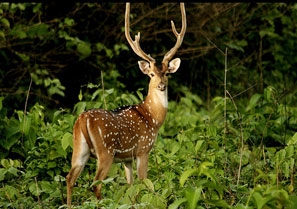 Kabini Wildlife Sanctuary
Kabini Wildlife Sanctuary 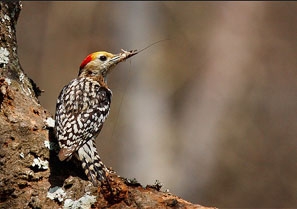 B R Hills Wildlife Sanctuary
B R Hills Wildlife Sanctuary 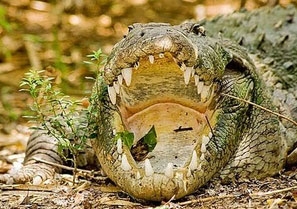 Dandeli Wildlife Sanctuary
Dandeli Wildlife Sanctuary 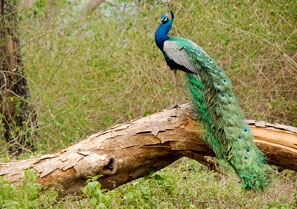 Mudumalai Wildlife Sanctuary
Mudumalai Wildlife Sanctuary 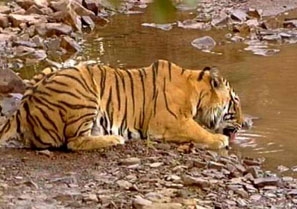 Nagarjunsagar Wildlife Sanctuary
Nagarjunsagar Wildlife Sanctuary 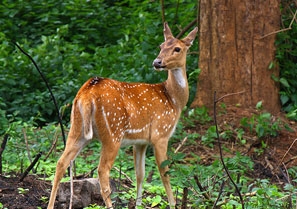 Wayanad Wildlife Sanctuary
Wayanad Wildlife Sanctuary 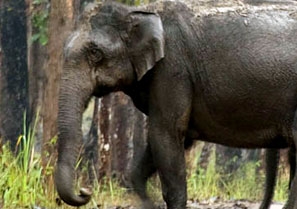 Aralam Wildlife Sanctuary
Aralam Wildlife Sanctuary 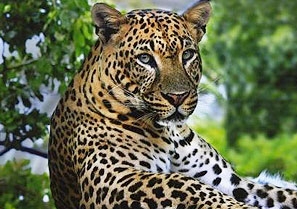 Peechi Vazhani Wildlife Sanctuary
Peechi Vazhani Wildlife Sanctuary  Peppara Wildlife Sanctuary
Peppara Wildlife Sanctuary 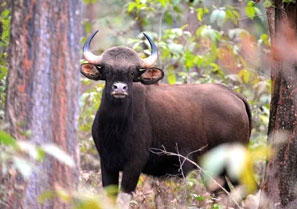 Shendurni Wildlife Sanctuary
Shendurni Wildlife Sanctuary 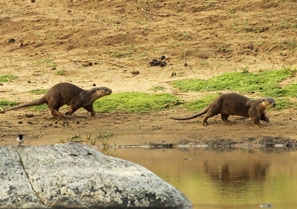 Cauvery Wildlife Sanctuary
Cauvery Wildlife Sanctuary 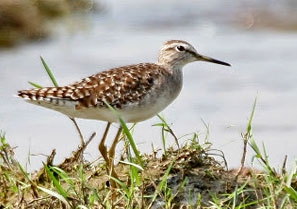 Kolleru Lake Bird Sanctuary
Kolleru Lake Bird Sanctuary 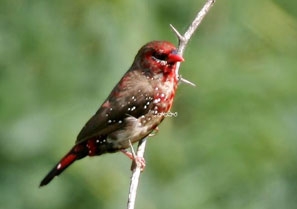 Manjira Wildlife & Bird Sanctuary
Manjira Wildlife & Bird Sanctuary 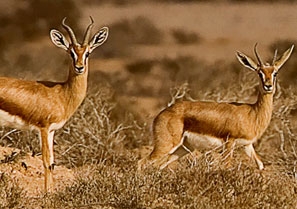 Pakhal Wildlife Sanctuary
Pakhal Wildlife Sanctuary 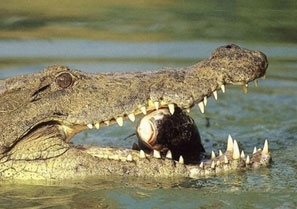 Papikonda Wildlife Sanctuary
Papikonda Wildlife Sanctuary 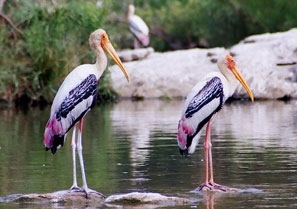 Pocharam Forest Sanctuary
Pocharam Forest Sanctuary 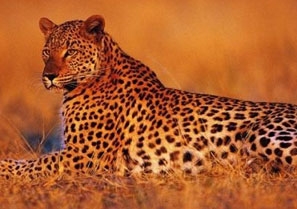 Pranhita Wildlife Sanctuary
Pranhita Wildlife Sanctuary 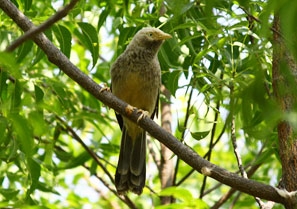 Rollapadu Bird Sanctuary
Rollapadu Bird Sanctuary 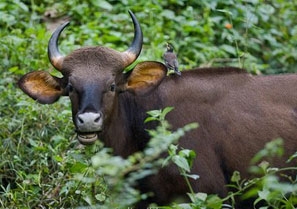 Parambikulam Wildlife Sanctuary
Parambikulam Wildlife Sanctuary  Bhadra Wildlife Sanctuary
Bhadra Wildlife Sanctuary  Krishna Wildlife Sanctuary
Krishna Wildlife Sanctuary 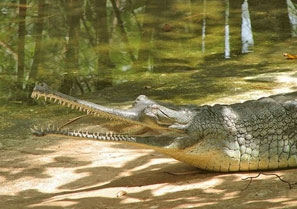 Sivaram Wildlife Sanctuary
Sivaram Wildlife Sanctuary 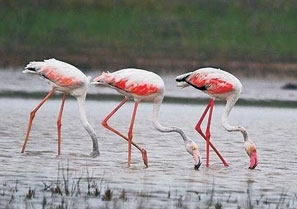 Pulicat Sanctuary
Pulicat Sanctuary 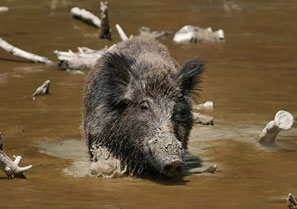 Srilanka Malleswara Sanctuary
Srilanka Malleswara Sanctuary 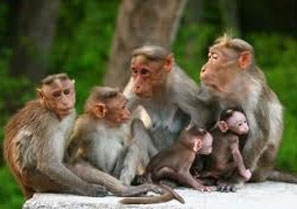 Chinnar Wildlife Santuary
Chinnar Wildlife Santuary 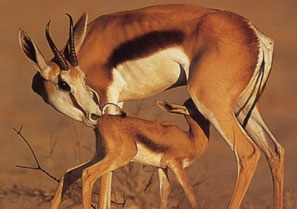 Idukki Wildlife Sanctuary
Idukki Wildlife Sanctuary 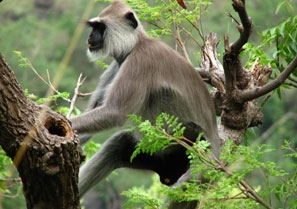 Neyyar Wildlife Sanctuary
Neyyar Wildlife Sanctuary 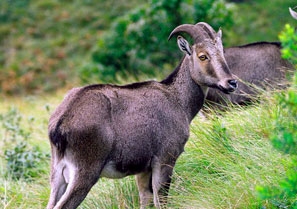 Rajamala Wildlife Sanctuary
Rajamala Wildlife Sanctuary  Coringa Wildlife Sanctuary
Coringa Wildlife Sanctuary 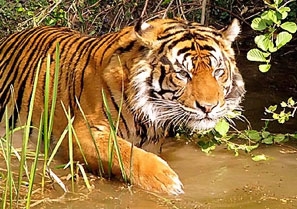 Eturnagaram Sanctuary
Eturnagaram Sanctuary 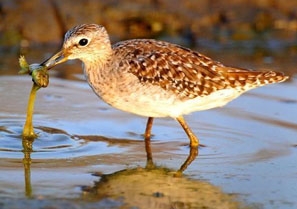 Gundla Brahmeswara Sanctuary
Gundla Brahmeswara Sanctuary  Kaundinya Wildlife Sanctuary
Kaundinya Wildlife Sanctuary 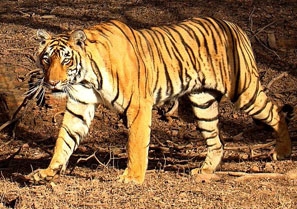 Kawal Wildlife Sanctuary
Kawal Wildlife Sanctuary 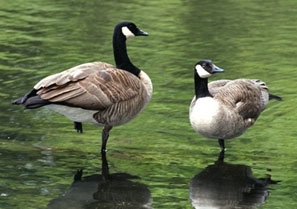 Kinnerasani Wildlife Sanctuary
Kinnerasani Wildlife Sanctuary 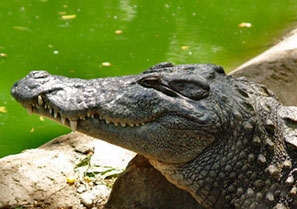 Crocodile Bank Tamil Nadu
Crocodile Bank Tamil Nadu 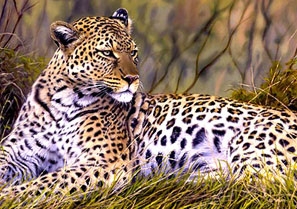 Kalakkadu Wildlife Sanctuary
Kalakkadu Wildlife Sanctuary 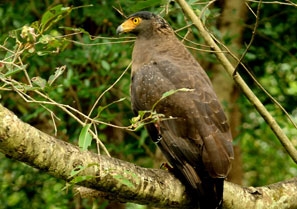 Mundanthurai Wildlife Sanctuary
Mundanthurai Wildlife Sanctuary  Point Calimere Wildlife Sanctuary
Point Calimere Wildlife Sanctuary 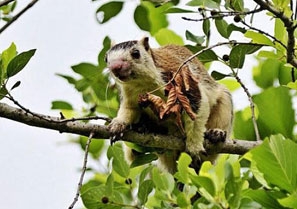 Srivilliputhur Grizzled Squirrel Wildlife Sanctuary
Srivilliputhur Grizzled Squirrel Wildlife Sanctuary 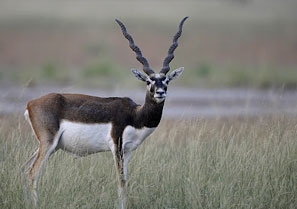 Vallanadu Black Buck Wildlife Sanctuary
Vallanadu Black Buck Wildlife Sanctuary






